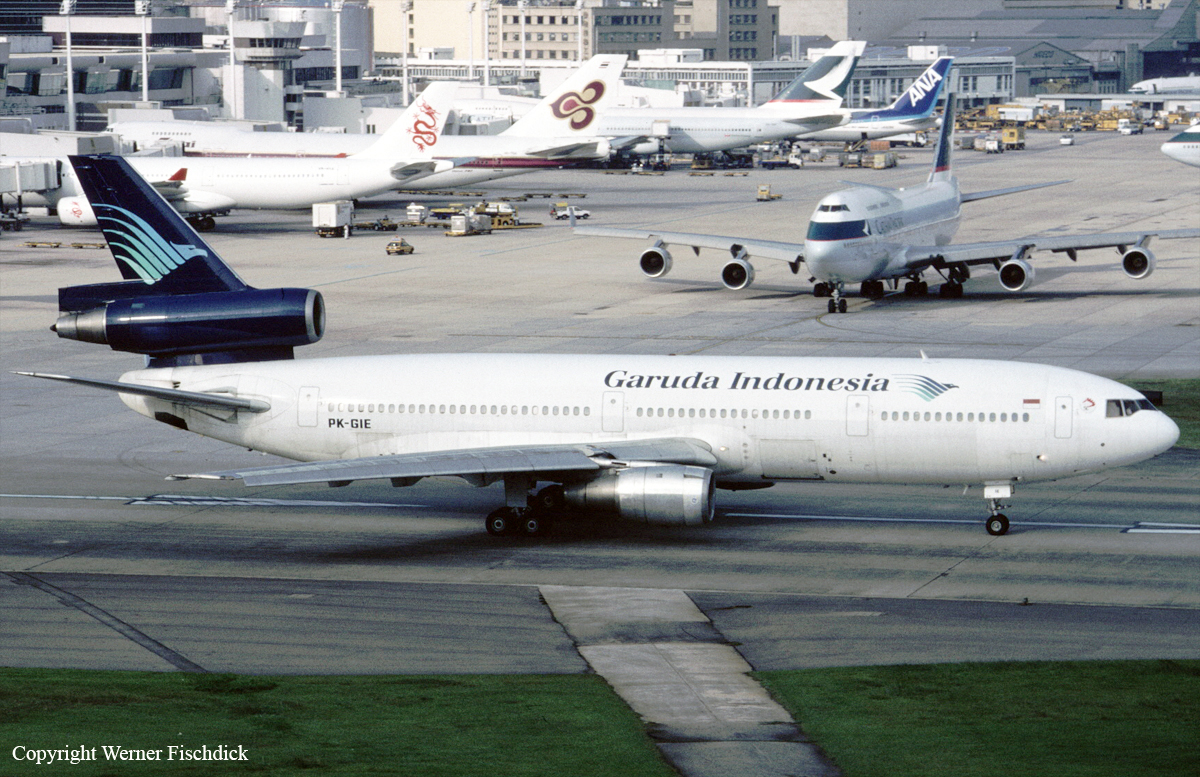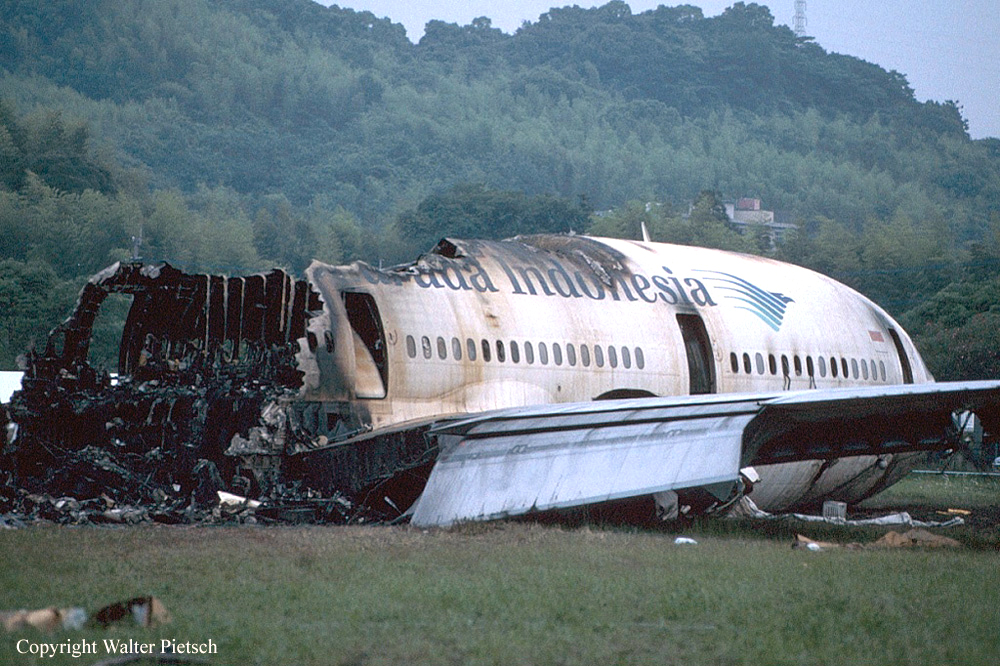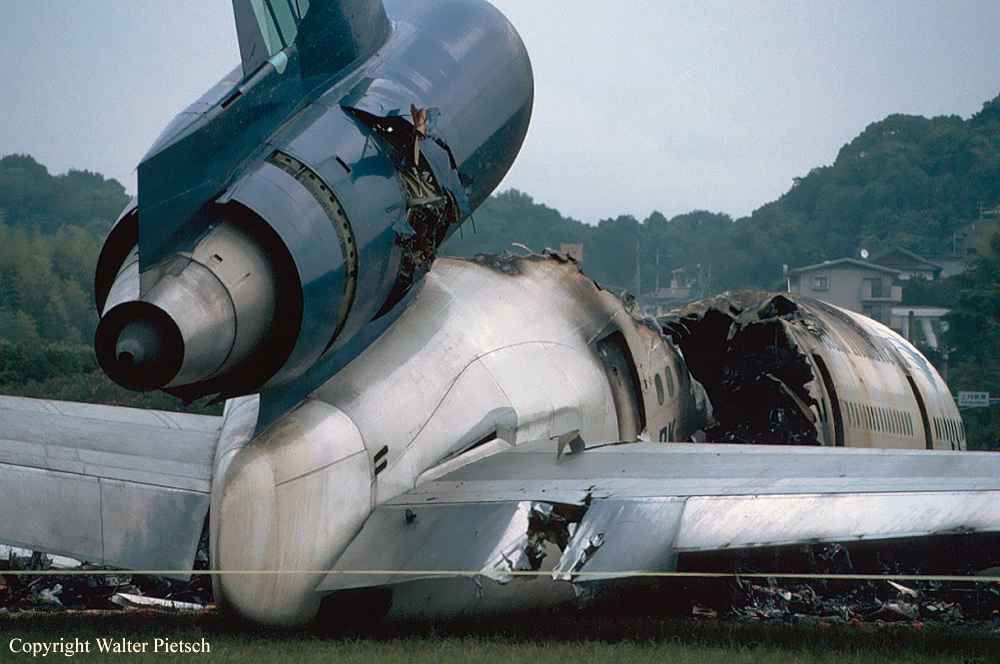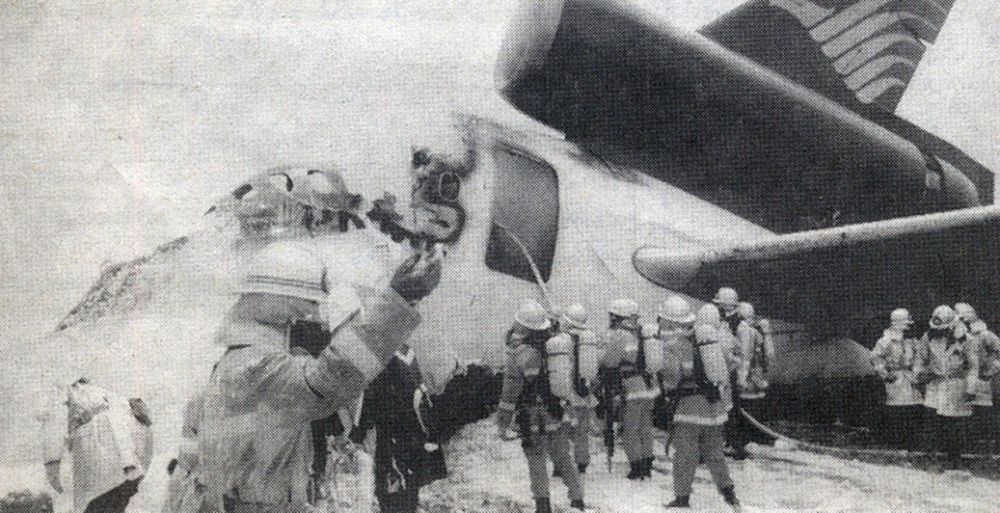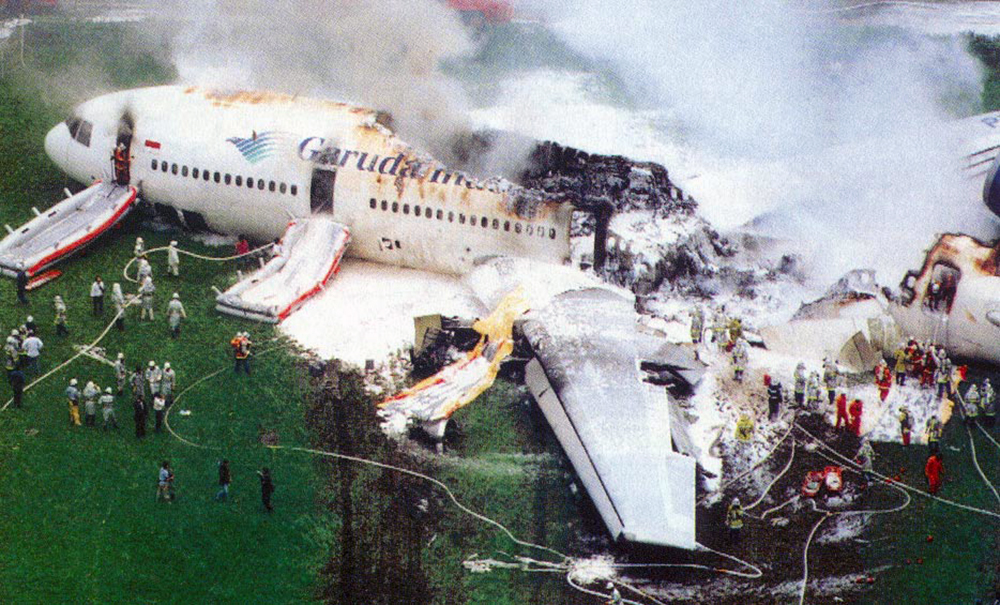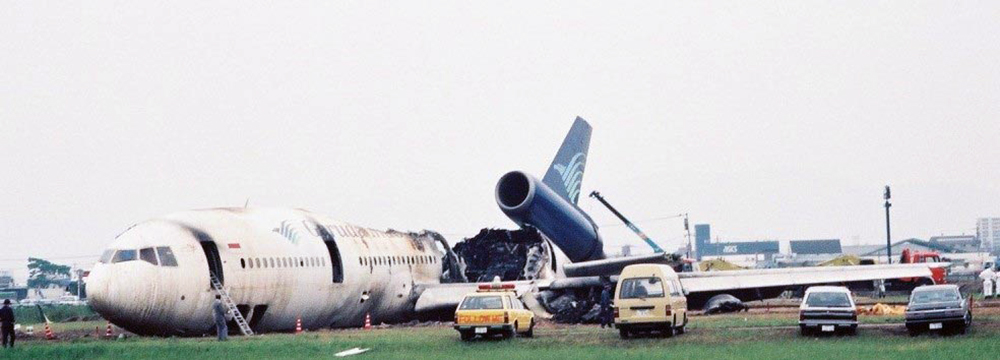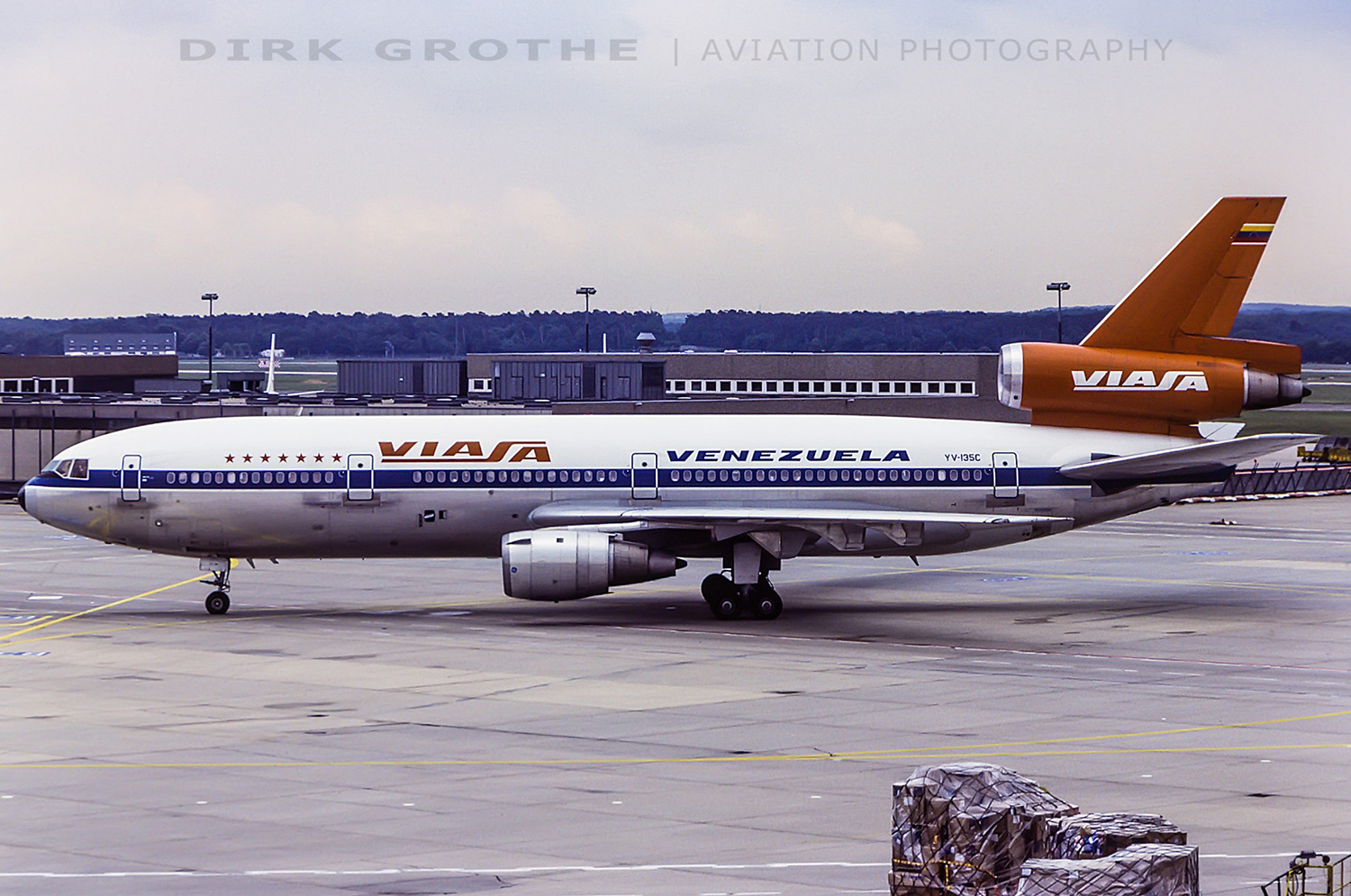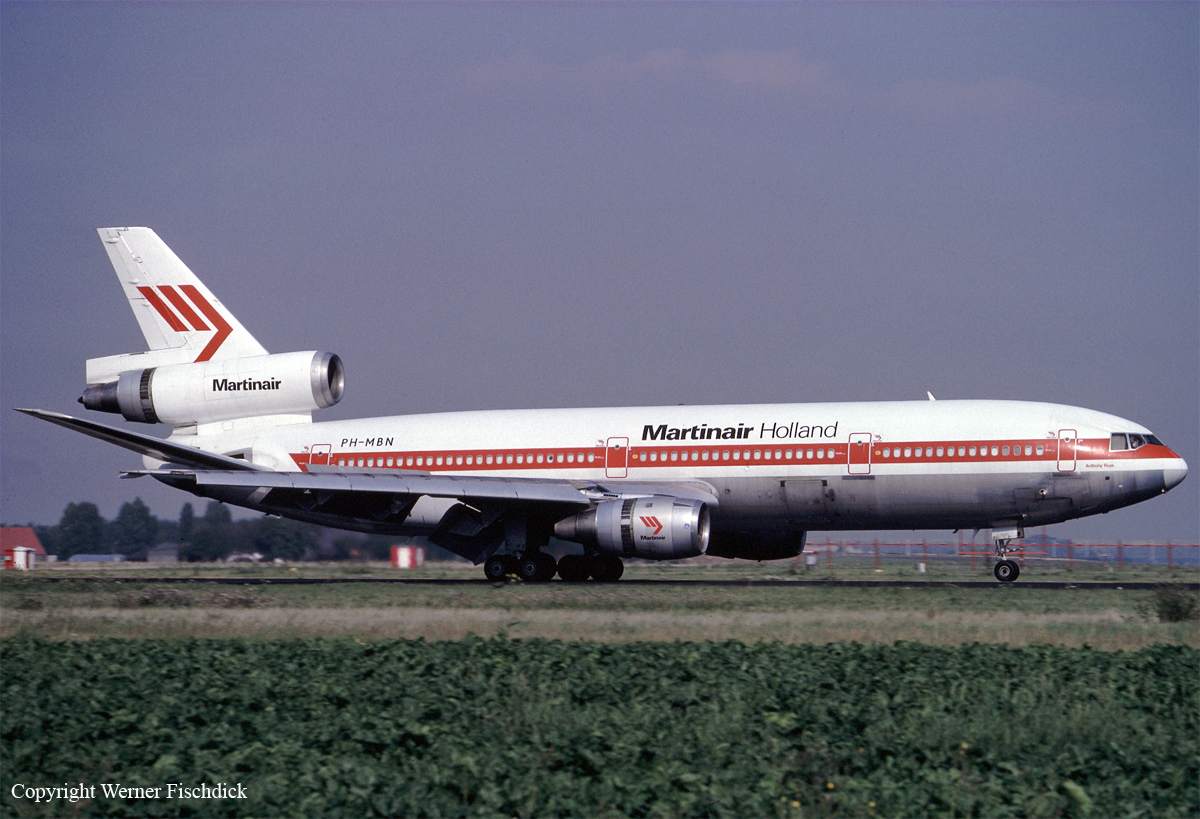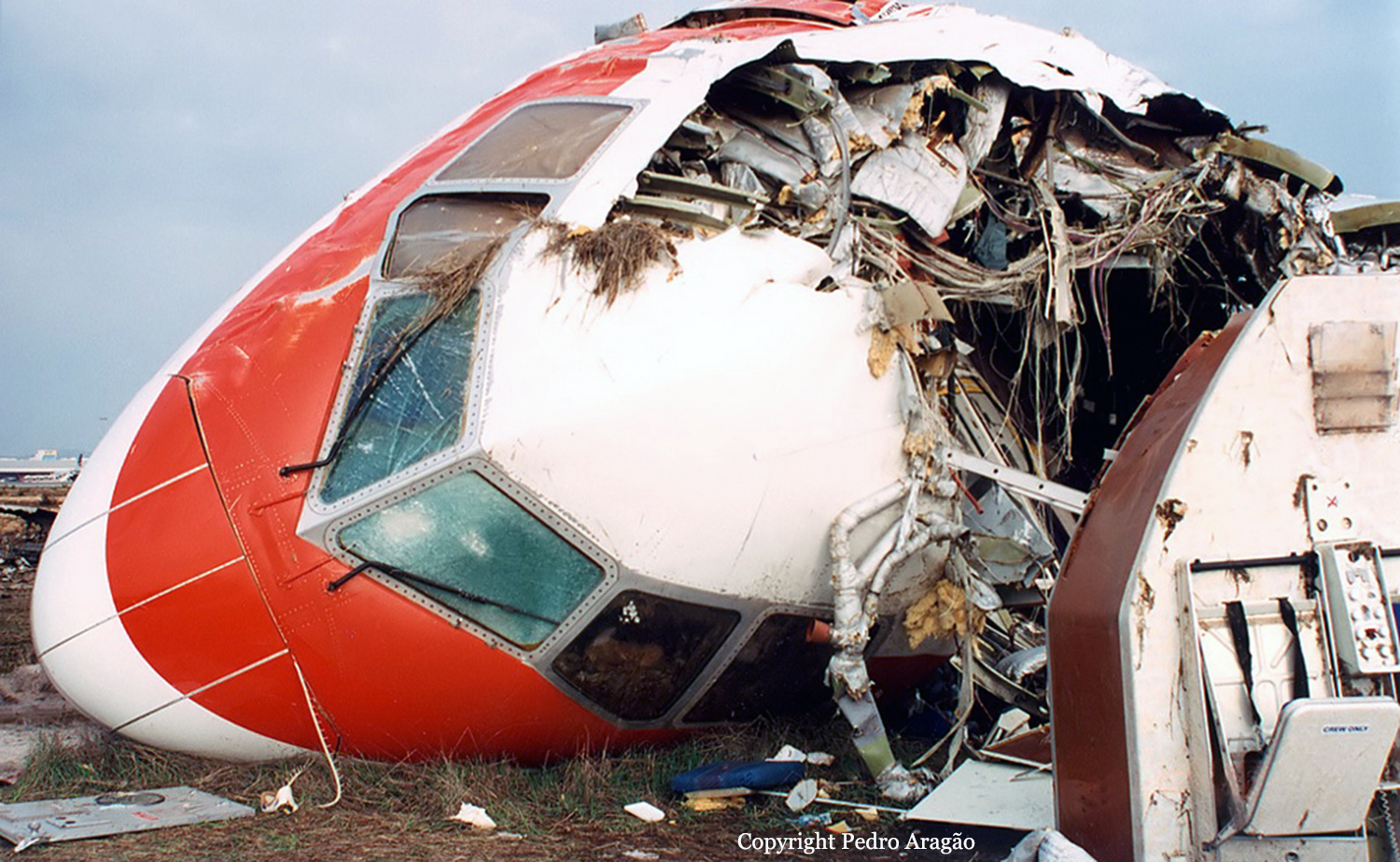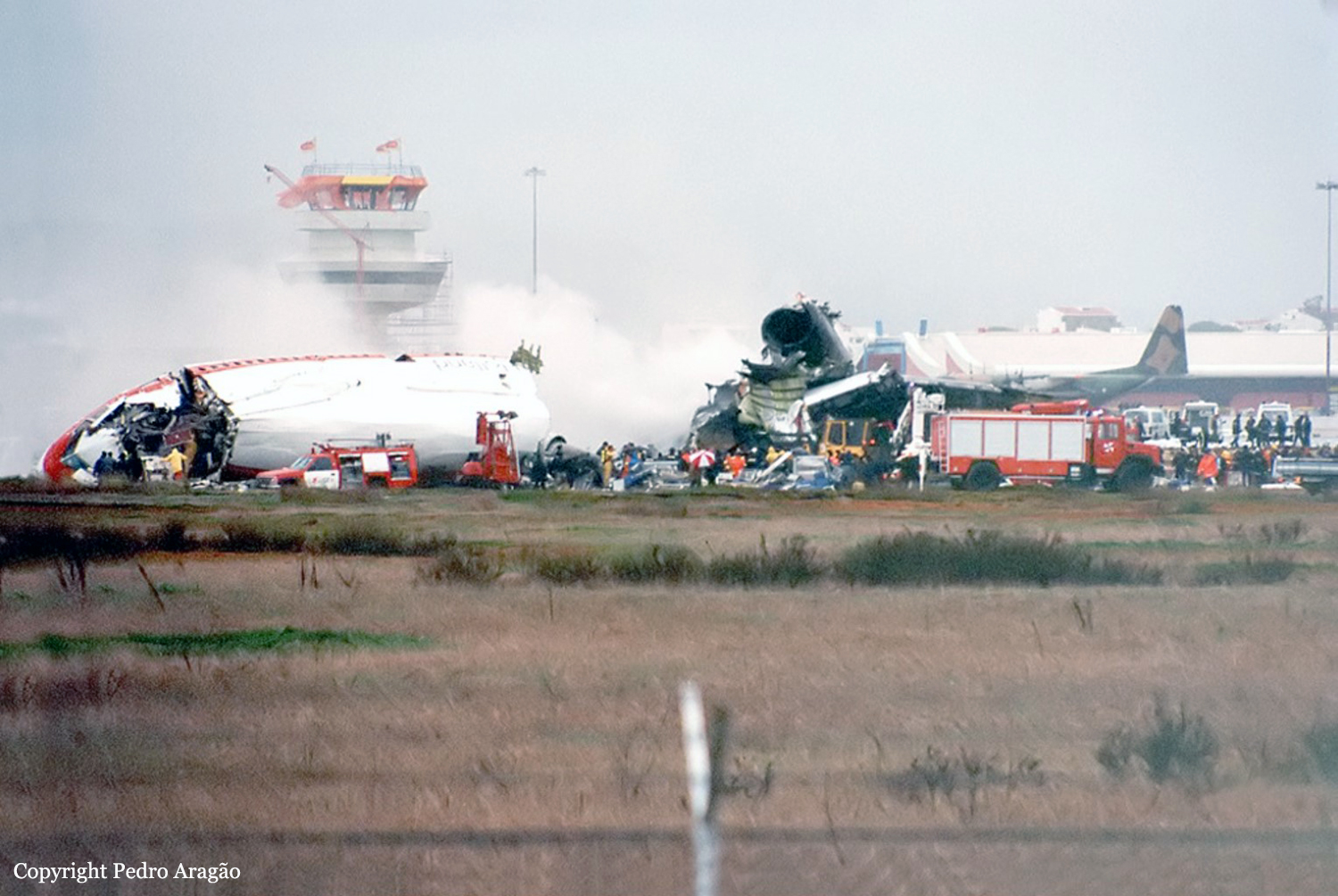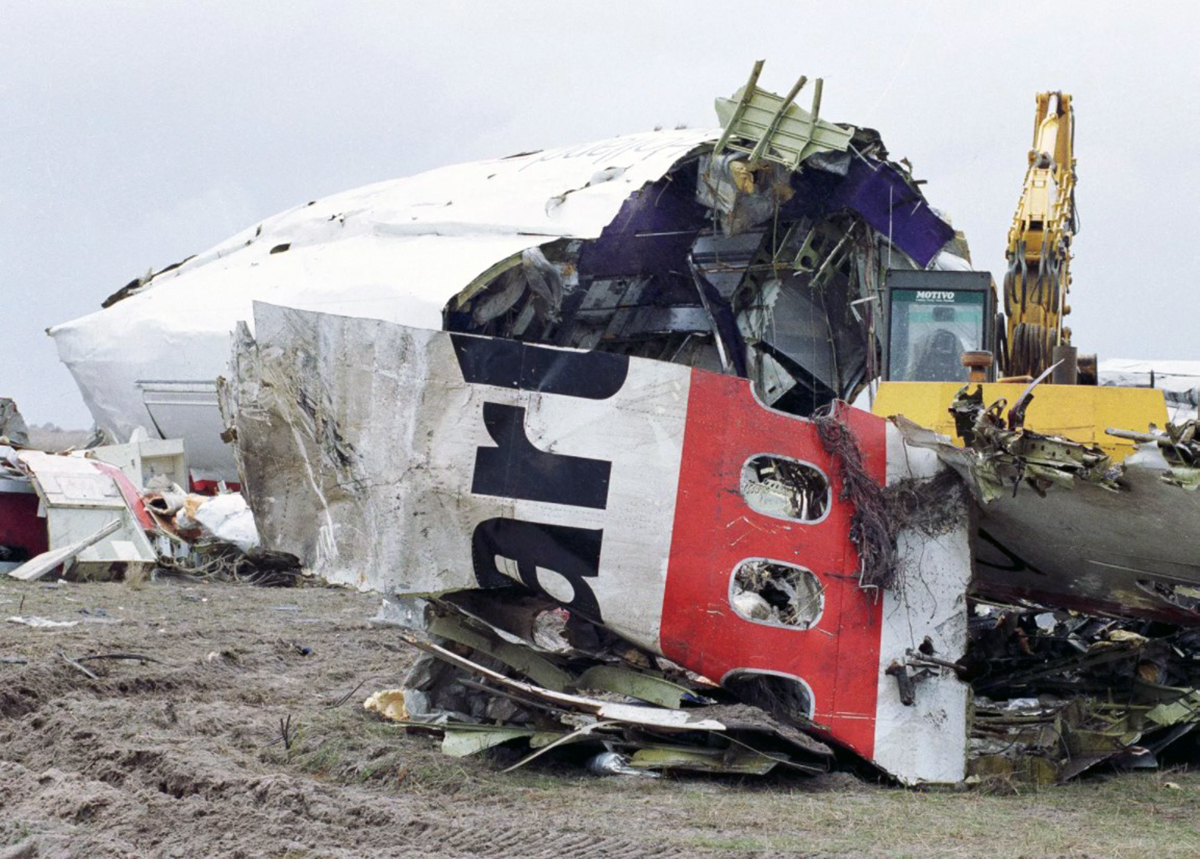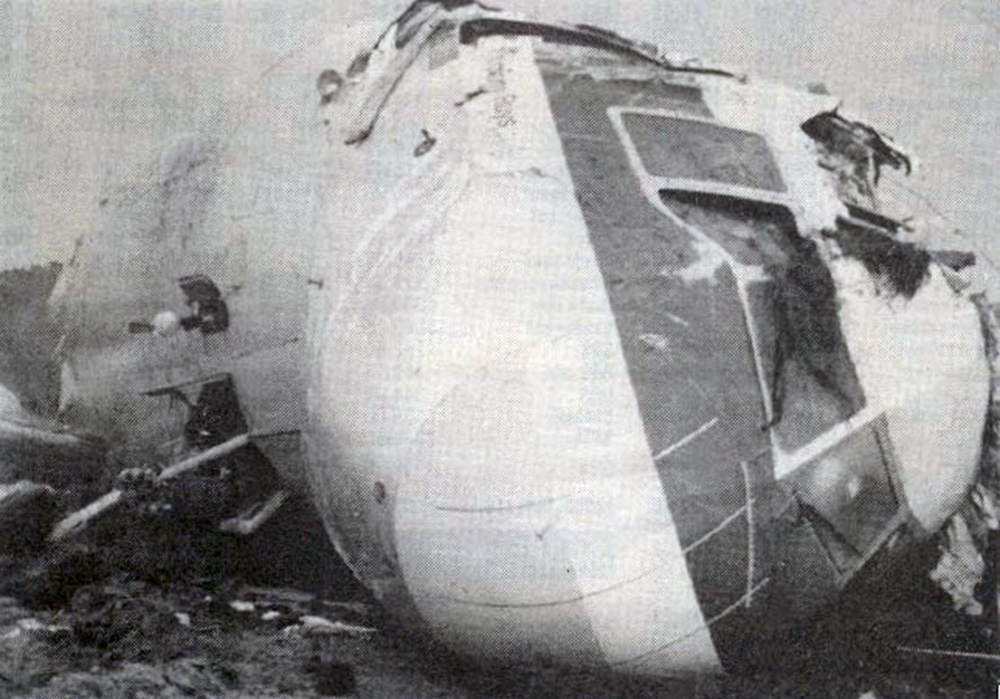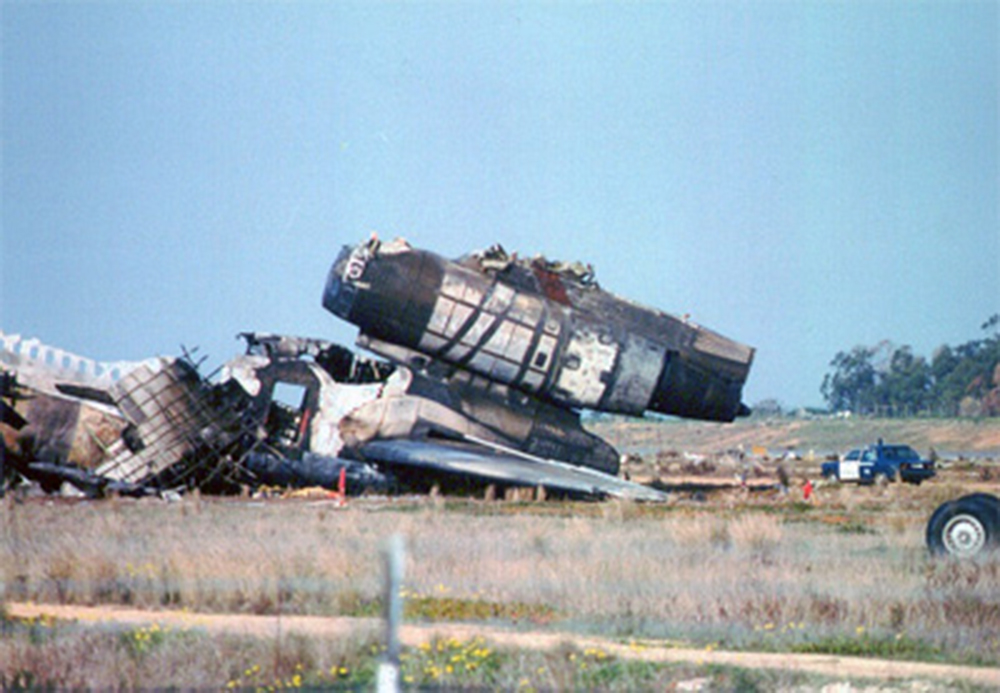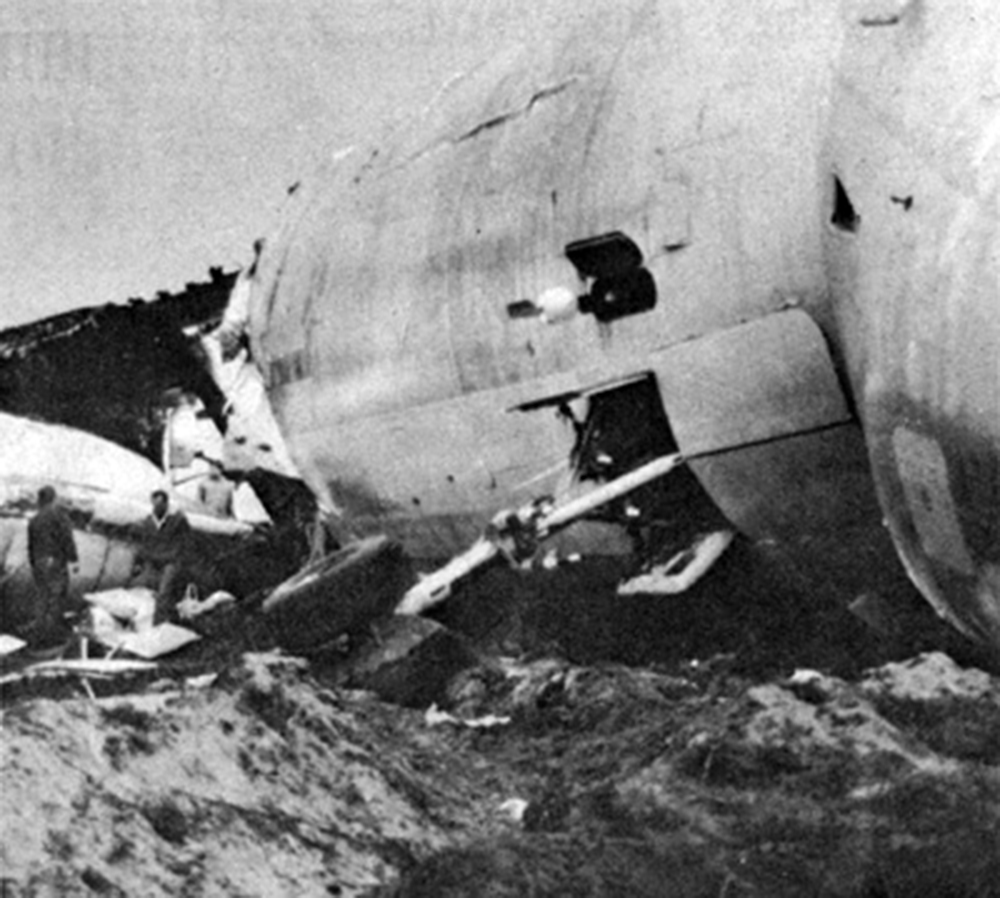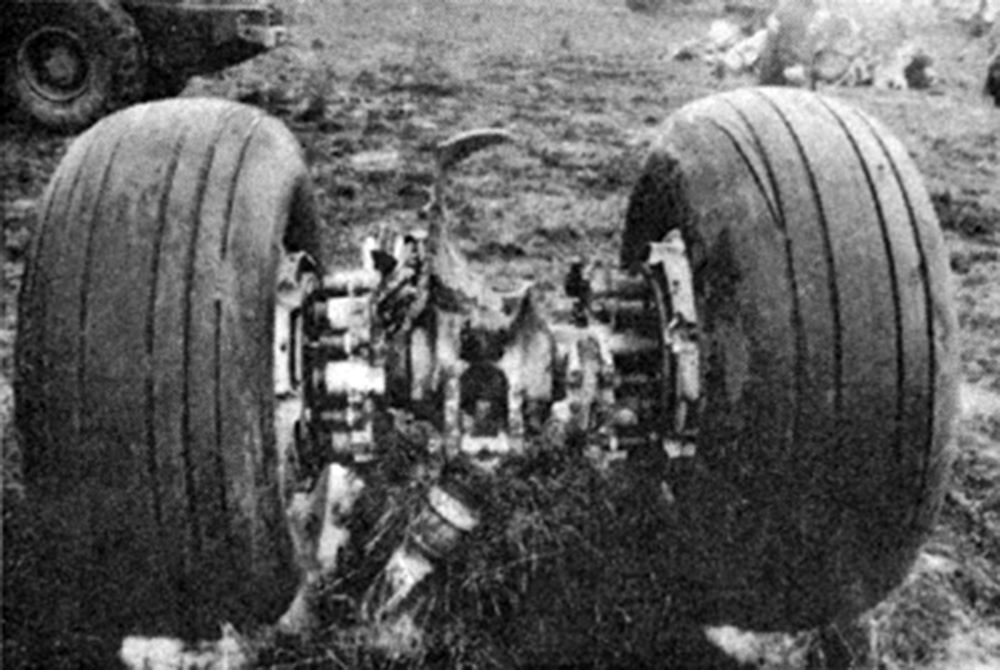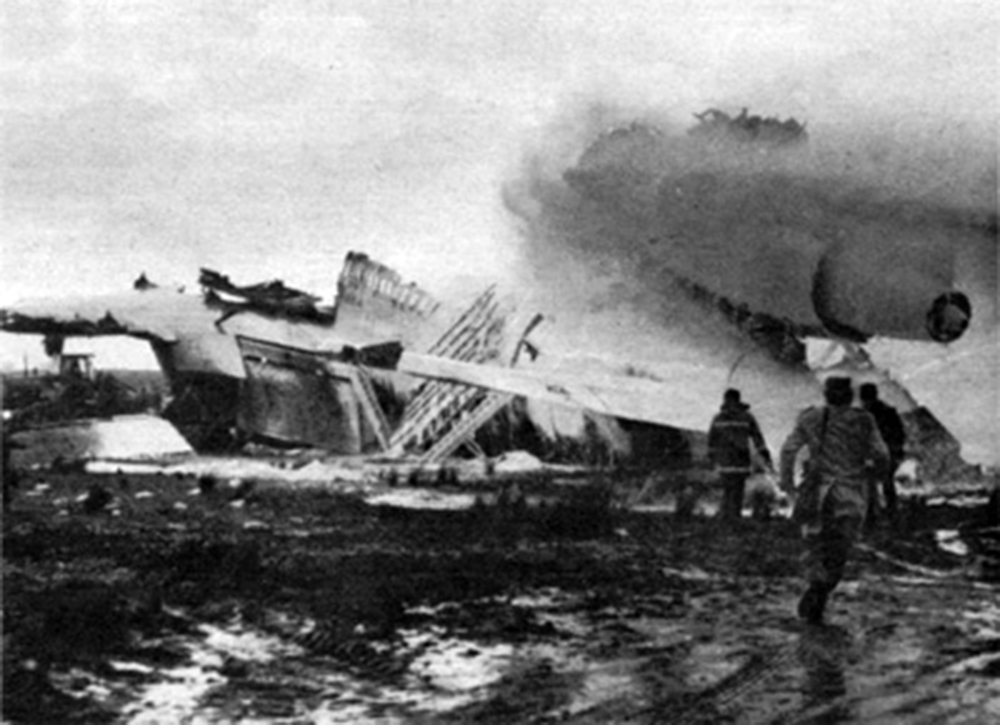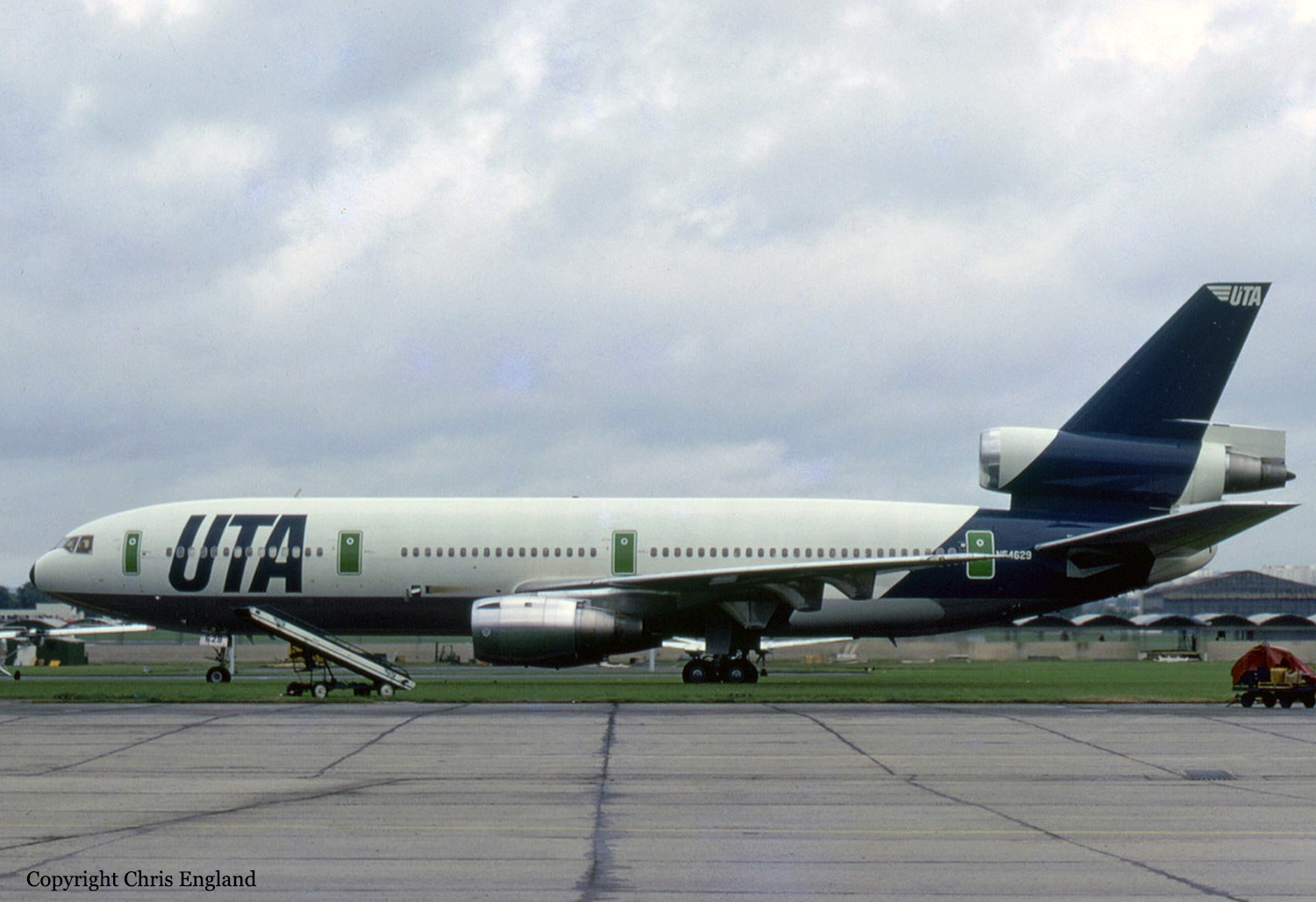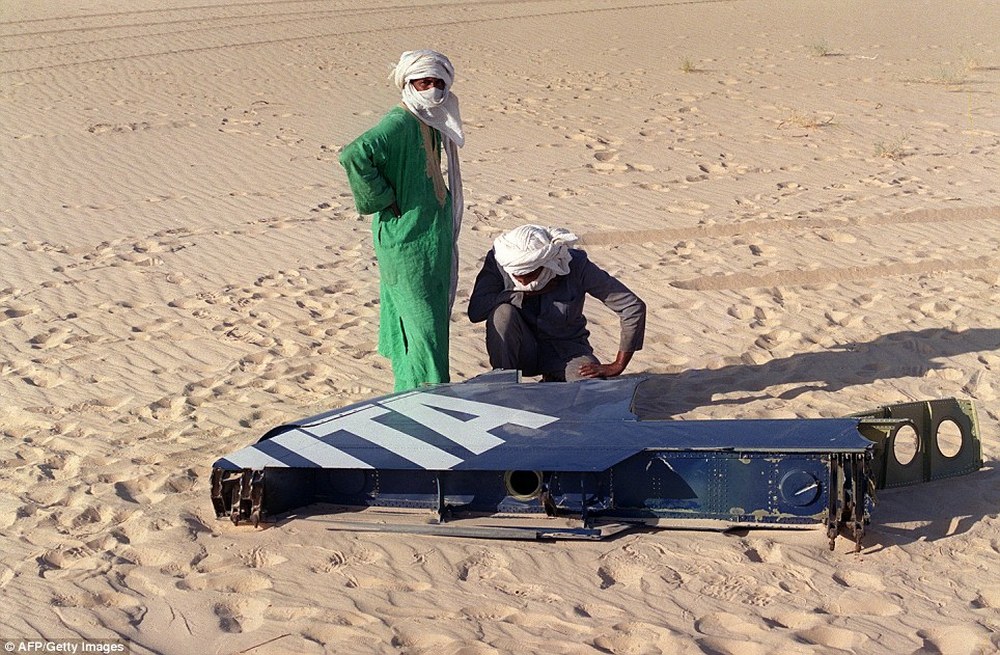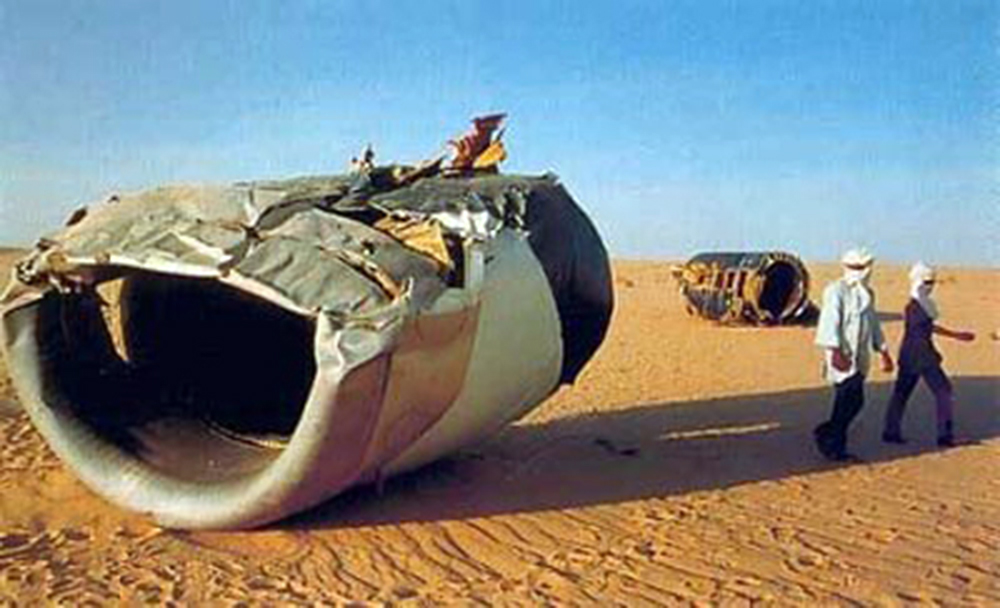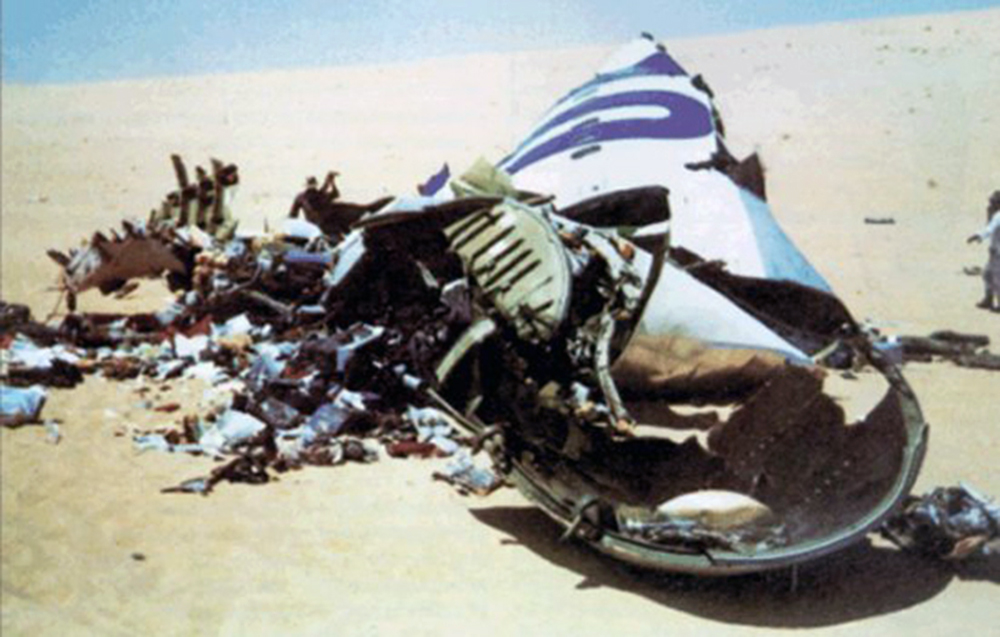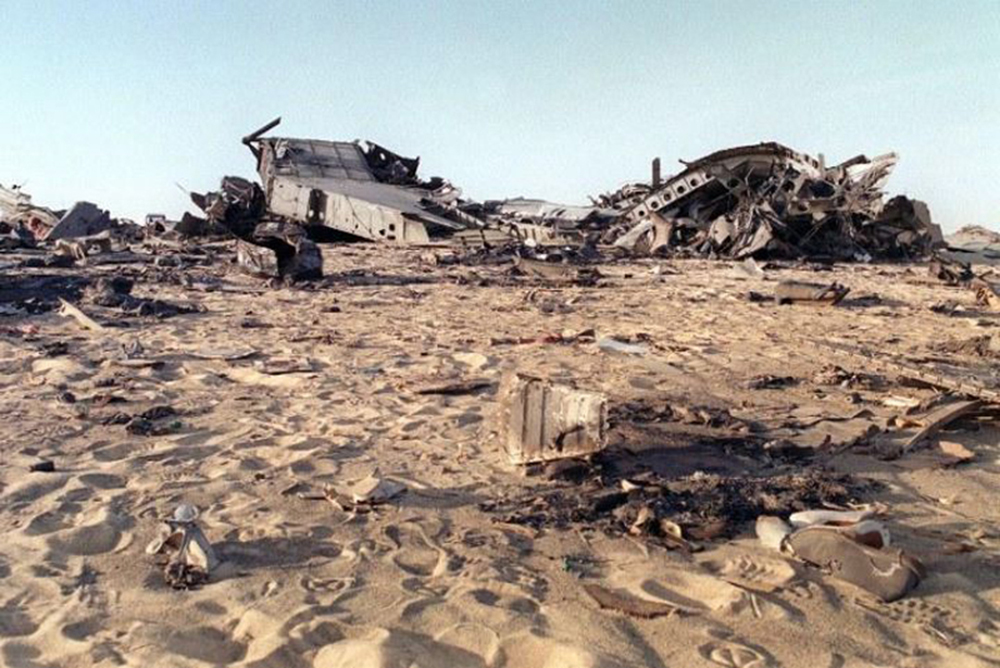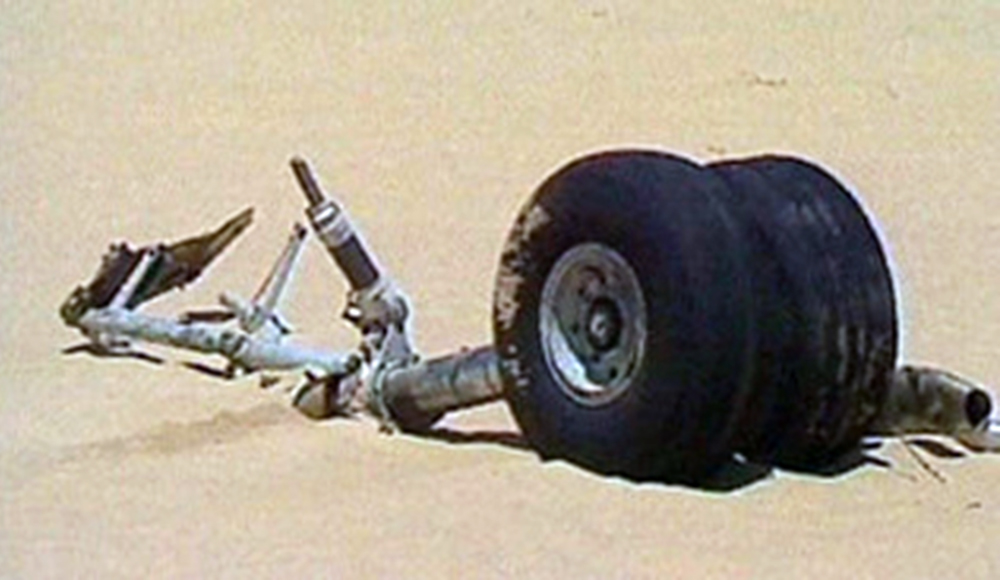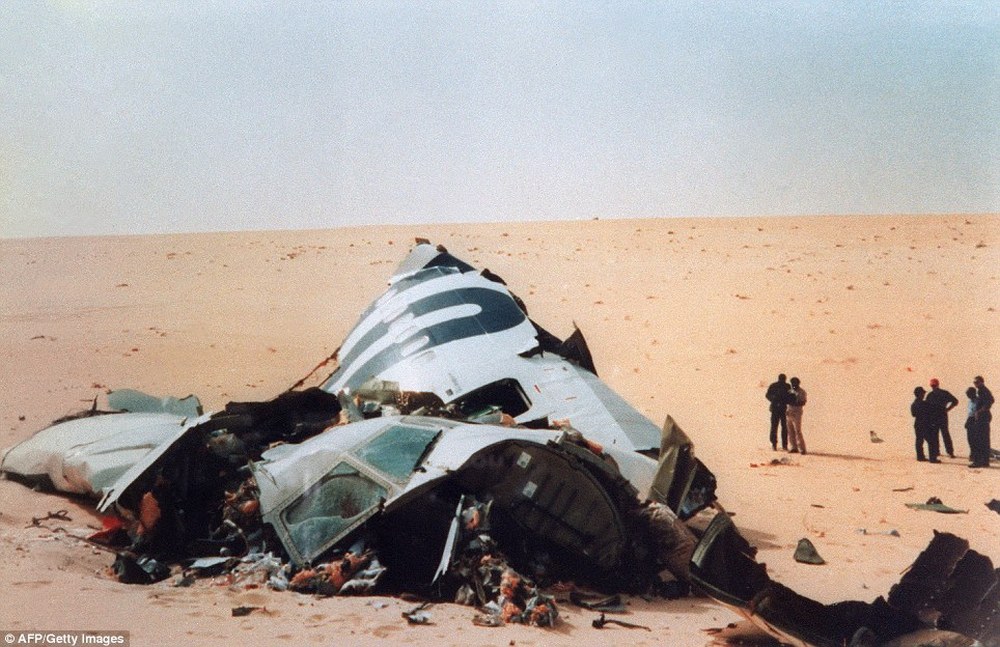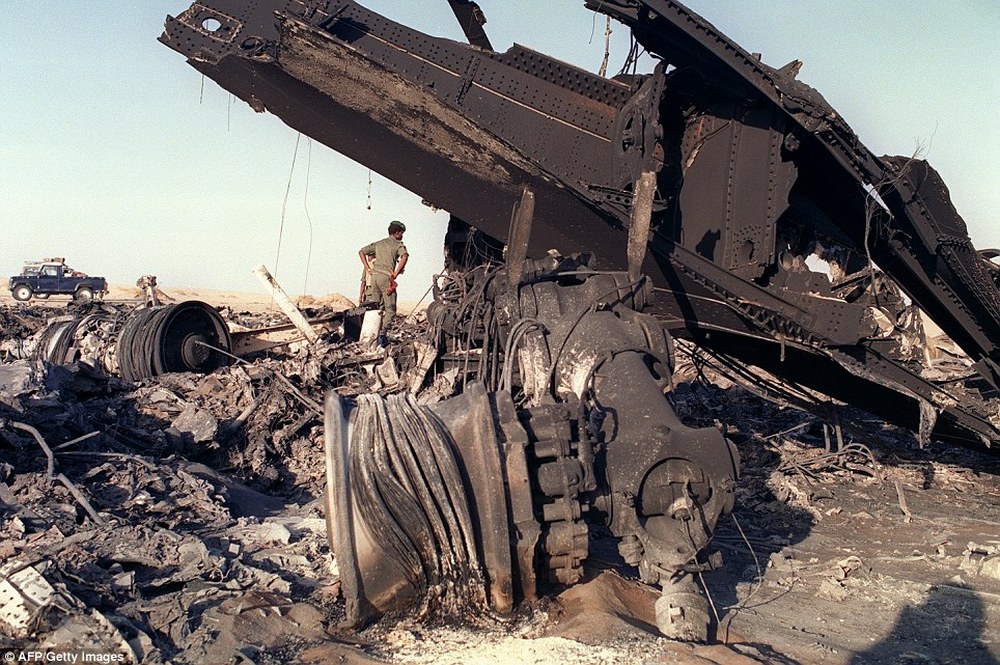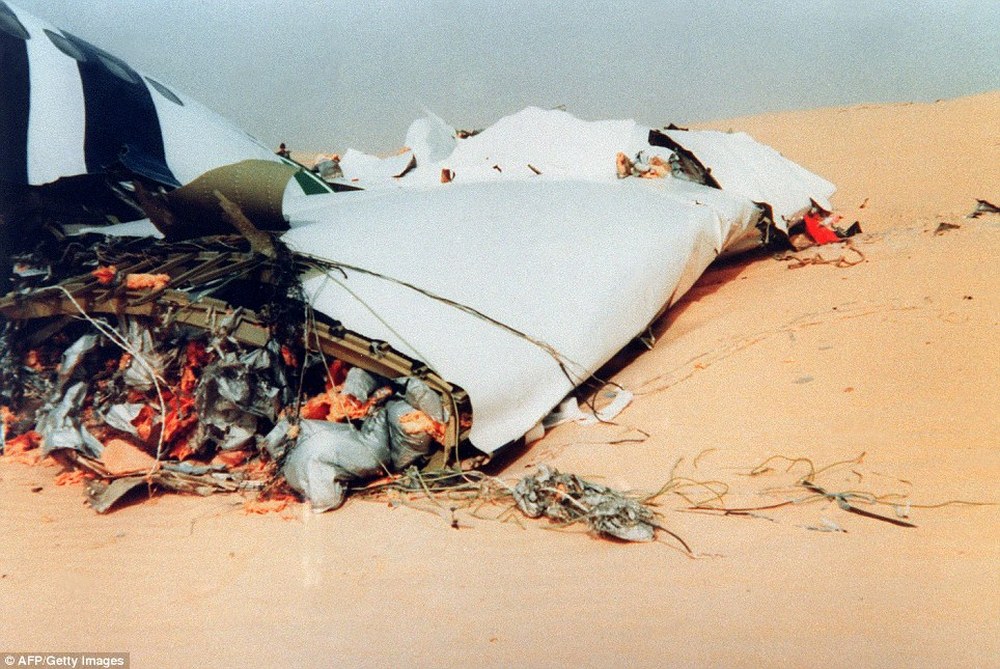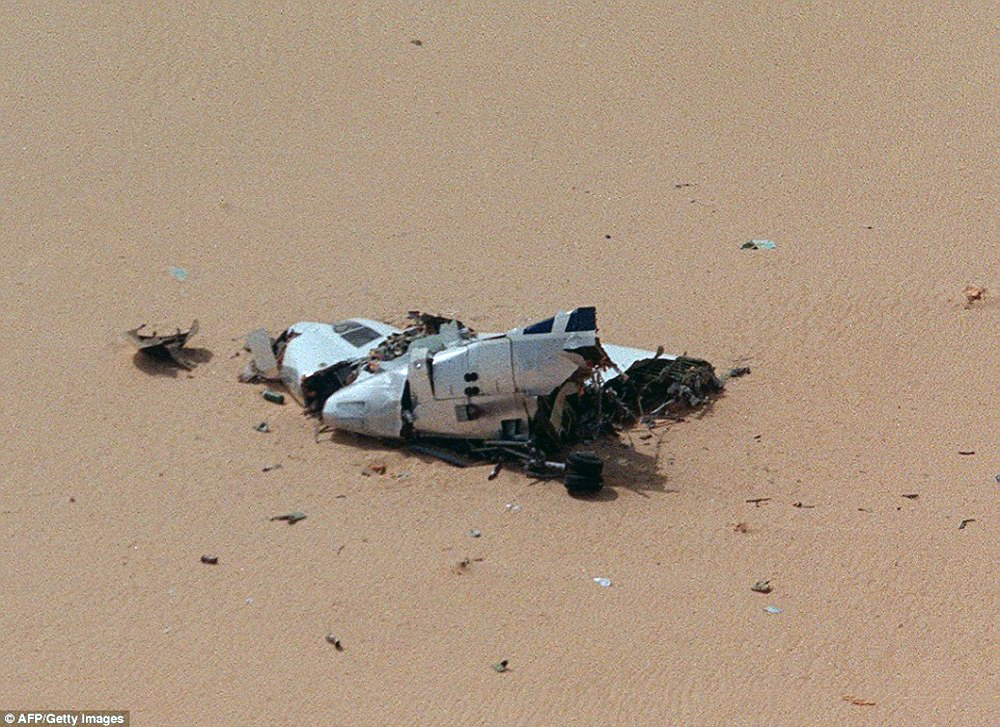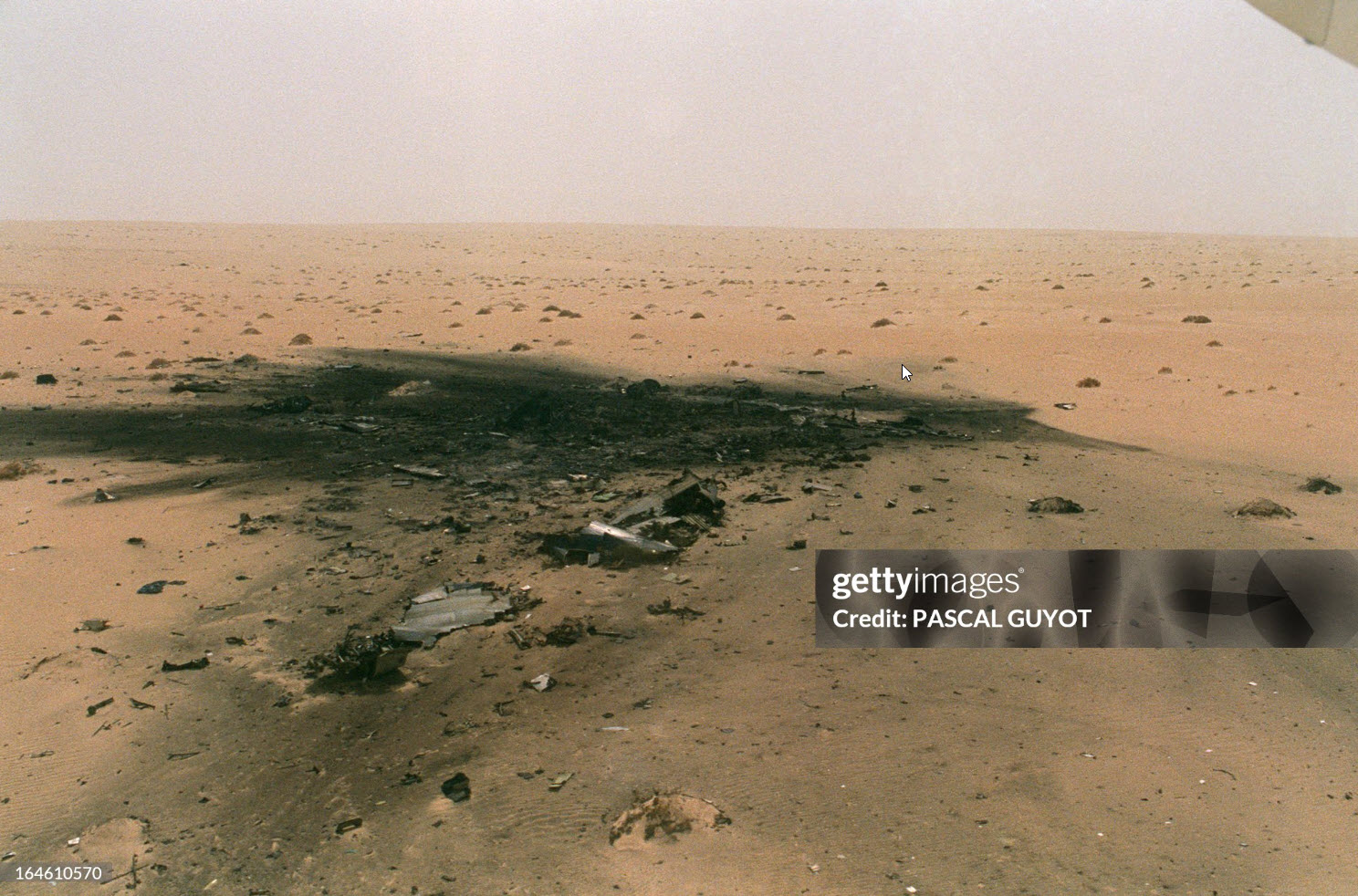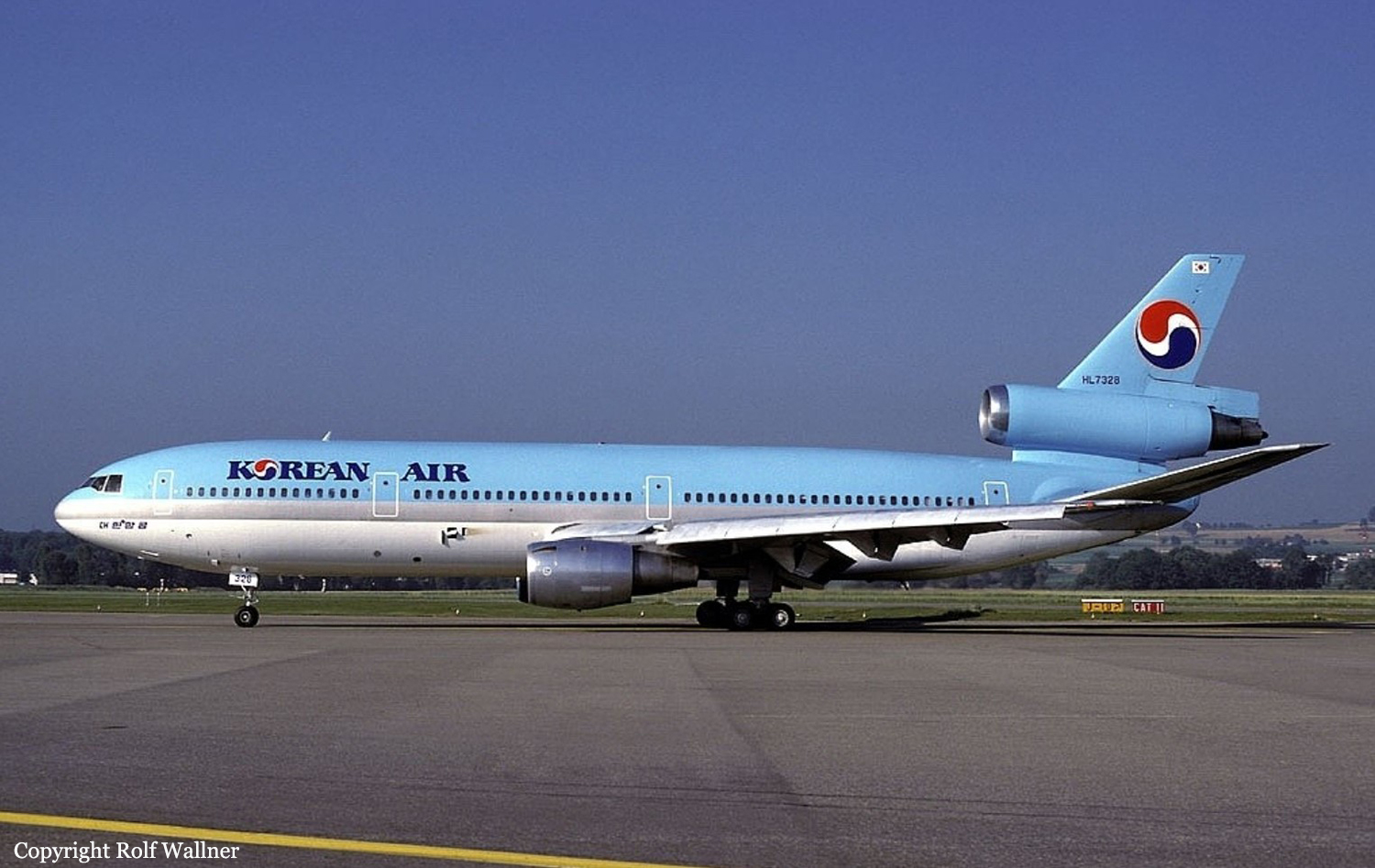Ground fire of a Douglas DC-10-10CF in Newburgh
Date & Time:
Sep 5, 1996 at 0554 LT
Registration:
N68055
Survivors:
Yes
Schedule:
Memphis - Boston
MSN:
47809
YOM:
1975
Flight number:
FDX1406
Crew on board:
3
Crew fatalities:
Pax on board:
2
Pax fatalities:
Other fatalities:
Total fatalities:
0
Captain / Total hours on type:
2504.00
Copilot / Total hours on type:
1101
Aircraft flight hours:
38271
Aircraft flight cycles:
17818
Circumstances:
The airplane was at FL 330 when the flightcrew determined that there was smoke in the cabin cargo compartment. An emergency was declared and the flight diverted to Newburgh/Stewart International Airport and landed. The airplane was destroyed by fire after landing. The fire had burned for about 4 hours after after smoke was first detected. Investigation revealed that the deepest and most severe heat and fire damage occurred in and around container 06R, which contained a DNA synthesizer containing flammable liquids. More of 06R's structure was consumed than of any other container, and it was the only container that exhibited severe floor damage. Further, 06R was the only container to exhibit heat damage on its bottom surface, and the area below container 06R showed the most extensive evidence of scorching of the composite flooring material. However, there was insufficient reliable evidence to reach a conclusion as to where the fire originated. The presence of flammable chemicals in the DNA synthesizer was wholly unintended and unknown to the preparer of the package and shipper. The captain did not adequately manage his crew resources when he failed to call for checklists or to monitor and facilitate the accomplishment of required checklist items. The Department of Transportation hazardous materials regulations do not adequately address the need for hazardous materials information on file at a carrier to be quickly retrievable in a format useful to emergency responders.
Probable cause:
An in-flight cargo fire of undetermined origin.
Final Report:





